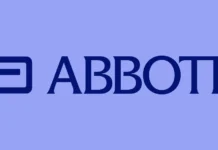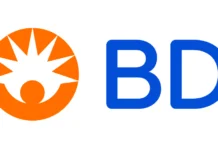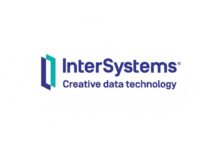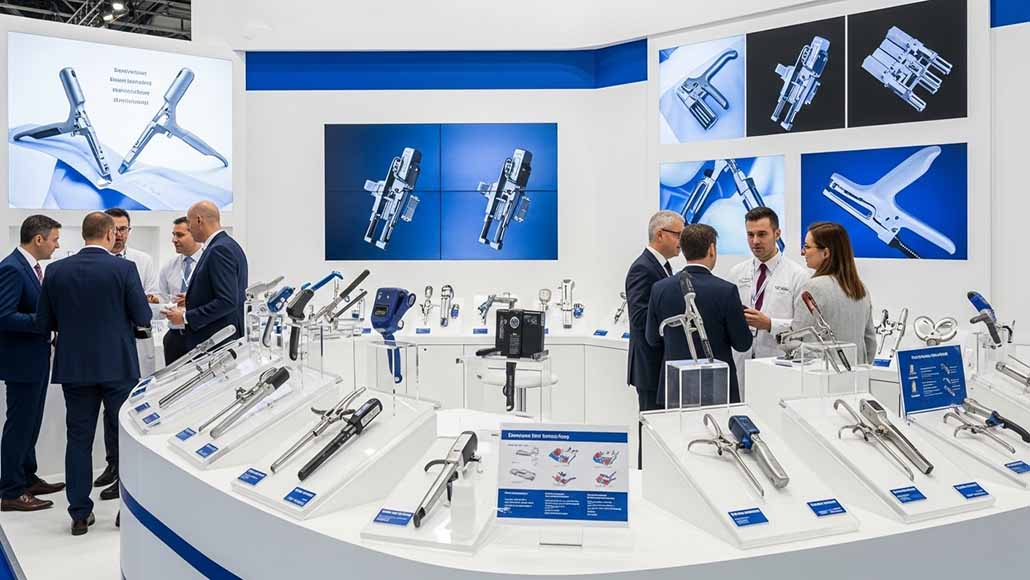The global surgical staple device market is witnessing a trajectory for prominent expansion as its evaluation is all set to grow from almost $3747 million in 2025 to approximately $7772 million by 2035.
This kind of unprecedented growth happens to represent a CAGR of almost 7.5% in the forecast period of 2025-2035, hence highlighting the rising demand when it comes to efficient, advanced, and safer surgical solutions across the world.
Innovations that are driving the demand – The market dynamics
It is worth noting that the promising growth of the surgical stapling device market happens to be primarily inspired by the high focus when it comes to minimally invasive procedures, consistent advancements when it comes to staple technologies, and also the rising incidences of chronic diseases that require surgical intervention. The growing adoption of robot-assisted as well as laparoscopic surgeries is a major driver that is demanding the innovative stapling solutions in order to elevate the procedural precision and also speed up the recovery in patients.
Apparently, the industry is actually witnessing a notable trend towards intelligent and powered stapling units. These devices go on to offer decreased infection risks and elevated wound closure efficiency. Moreover, the bioabsorbable staple device demand is gaining a lot of traction as it promises better postoperative healing outcomes.
While there are challenges like strict regulatory guidelines, high costs, and also potential complications, which may well temper growth in certain regions, the overall perspective still remains pretty robust.
Going forward, the integration of artificial intelligence along with digital surveillance systems within surgical stapling is all set to revolutionize the market by helping with real-time evaluation, superior patient safety, and also increased precision. As the global medical infrastructure goes on to evolve and surgical volumes also continue to raise their penetration, industry participants are actually prioritizing the development of technologically advanced and affordable stapling products so as to make their respective market positions more solid.
Outlook in terms of segment – Powered devices as well as disposables lead
In terms of product, powered surgical stapling devices are gaining quite significant traction because of their ability to lessen the tissue damage and be more accurate, along with dependence on them when it comes to wound closure. These motor-driven staplers are very critical for high-precision operations, which include minimally invasive, weight loss, digestive system, or chest surgeries. Innovations like smart staplers, which have in them real-time feedback as well as robotic stapling systems, are all set to further elevate their capacity. Having said that, the manual surgical stapling devices are going to remain relevant, especially in resource-scarce settings and for general surgery or trauma and even emergencies where quick closure happens to be paramount.
With regard to usage, disposable surgical stapling devices are among the top-selling segments, which are driven primarily because of their role in infection control as well as single-use applications. Their rising utilization within high-risk procedures, emergency and trauma care, and outpatient clinics goes on to underscore the paramount significance of sterility. The growing awareness of hospital-acquired infections (HAIs), as well as the demand for single-use medical devices, are indeed the key drivers.
North America leads and Asia Pacific grows – the regional trends
It is well to be noted that North America is all set to dominate the global market, which is driven primarily by the large patient pool, the presence of major surgical equipment manufacturers, and also advanced surgical facilities. The rising preference when it comes to minimally invasive procedures, especially in gastrointestinal surgeries, further throttles this kind of growth. Apparently, the US is all set to achieve 8% CAGR between 2025 and 2035, primarily benefiting from the robust research and development as well as advanced healthcare infrastructure.
On the other hand, Europe maintains a stable market, which is characterized by strict regulations along with a growing geriatric population, which is demanding more surgeries. Germany is anticipated to lead the European growth with a CAGR of 10.4% due to its robust healthcare system and investments within robotic-assisted surgeries. It is well to be noted that European hospitals are also increasingly focusing on environmentally friendly as well as absorbable stapling devices.
Asia Pacific indeed represents a very exceptional bright prospect with fast expansion that is driven primarily because of rising healthcare expenditure, growing surgical volumes, and also the mushrooming of private hospitals. China and India are experiencing the highest demand due to rising incidences when it comes to chronic diseases as well as growing medical tourism, with 9.5% and 8.4% CAGR, respectively. Brazil in the Latin American market is anticipating a CAGR of almost 7%, showing robust growth because of increasing chronic disease prevalence along with investments within the surgical technologies, which are advanced.


















